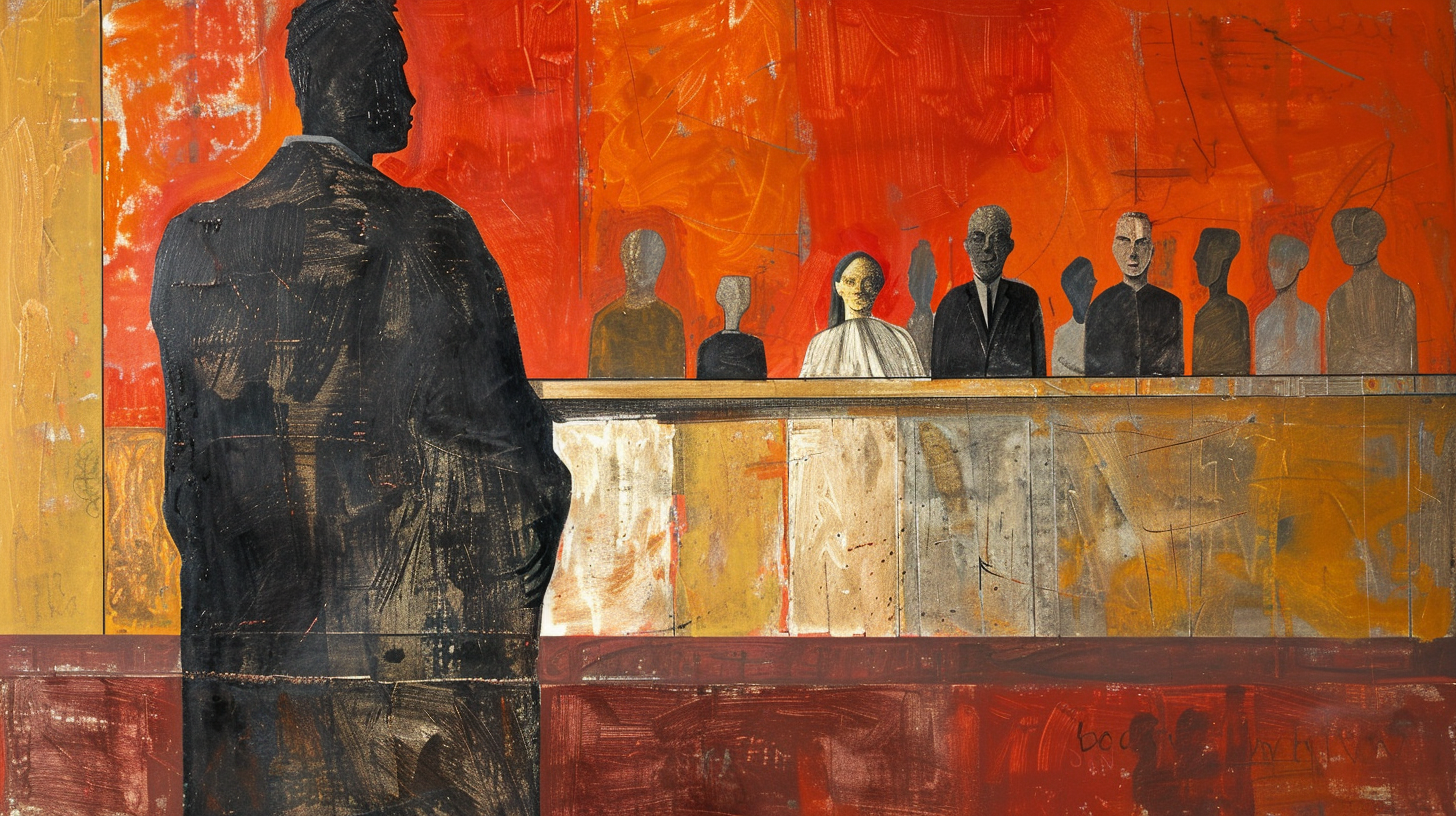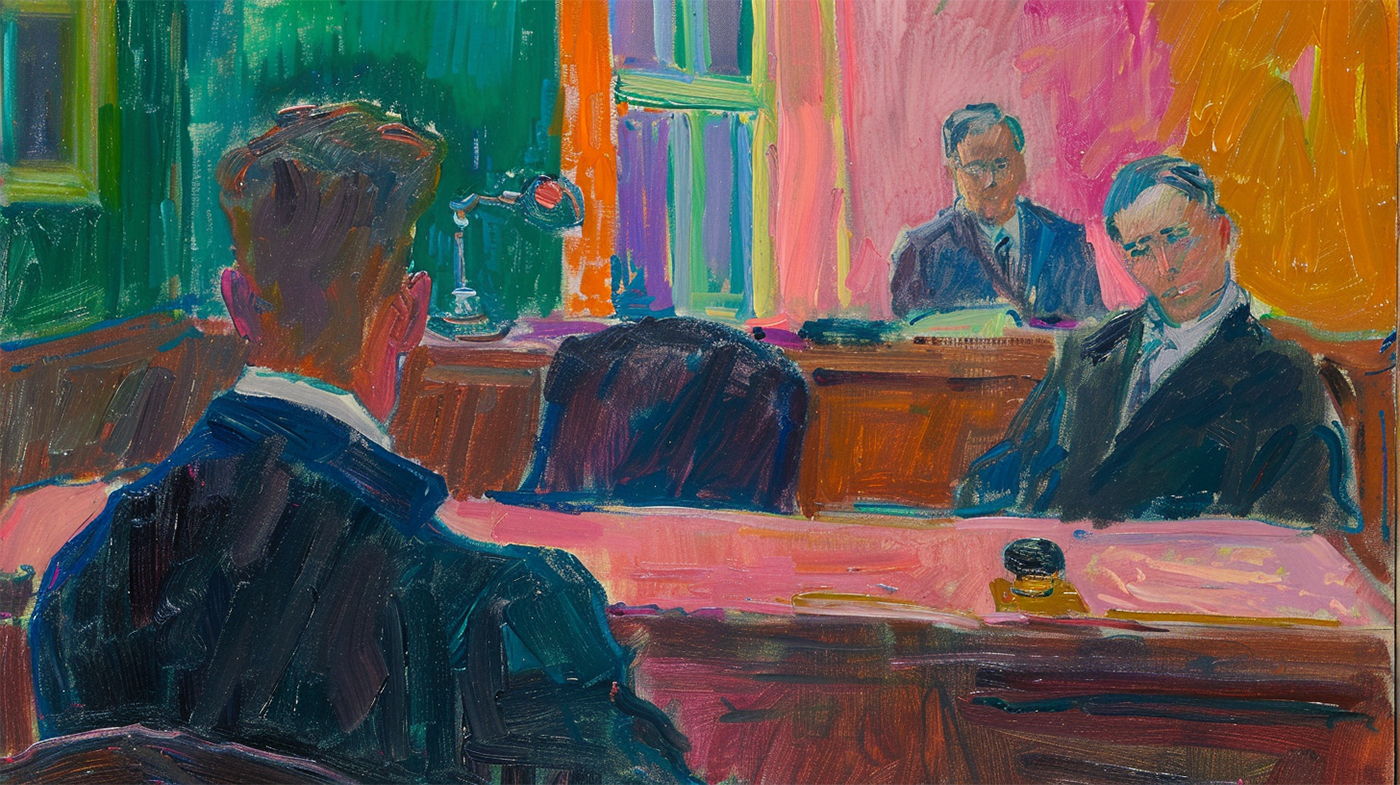You may have encountered those words above at some point or other. Or if you haven’t, well, you are going to learn something new today. This essay ruminates in unscholarly fashion what these words mean and how they relate to each other in the Malaysian context.
The first word is litigation. That means a court case. Someone has sued another in court. Now they are litigating their dispute. There are legal proceedings going on.
Pro bono simply means without charge. So pro bono litigation means litigation that is done without having to pay legal fees. This is a lawyer’s client’s fantasy. But such fantasies are rightly reserved for only for the most deserving of causes and people.
Just because one side is having it pro bono does not mean the other side is. In fact, that is usually the case. If both sides are doing it pro bono, we had better take a closer look at the dispute in question! This is because pro bono cases often are criminal cases or cases where the plaintiffs are going up against the might of government authorities or people or companies with impressive financial and political clout; and the plaintiffs have none of that.
Pro bono would be appropriate for people such as Indira Gandhi. She was a kindergarten teacher with barely enough for family. Her former husband converted to Islam and kidnapped their youngest child from her. He purported to convert three of his children’s religion from Hindu to Islam so he could enforce a Syariah custody court order he obtained against her. There was no way Indira Gandhi could navigate the complex legal issues on her own for her claims. Hers was a deserving case because of her impecuniosity and the injustice of her situation.
Public interest litigation are court cases that are of interest to the public. It may be due to the facts or personalities of the case or the influence the decision would have an impact on society, business, or communities. An example of the former is the criminal case of Dato’ Seri Najib Razak. There are no novel legal issues about the case. But it is of public interest because he was the former prime minister of our country and charged with criminal breaches of trust. An example of the latter would be the recent Federal Court decision of Crystal Crown Hotel & Resort Sdn Bhd v National Union of Hotel, Bar & Restaurant Workers Peninsular Malaysia [2021] 4 CLJ 775 which decided firstly, hotels cannot pay their staff below the minimum wage. Secondly, hotels cannot use the service charge collected to pay the staffs’ wages, because the service charges were already due to the employees anyway. In doing so, the Federal Court made employment terms fairer for hotel employees who were being imposed with unfair terms by their employers.
The mainstream, alternate media, and even social media have an influence in determining what is of interest to the public. Whatever goes ‘viral’ also could be said to be of interest to the public; after all, that’s why it circulated so widely. An example of this was when Datuk Tan and his bodyguard were prosecuted for threatening a couple when they asked him to lower his voice in a restaurant. If it were not for the intense public interest in attracted, it is likely no action would have been taken.
Sometimes, a case can be said to be of public interest even though the public does not know about it or cannot appreciate because it has no relevance to their daily life. Such cases are thought so because the decision has a benefit to the wider public or a certain segment of society and its benefits are not confined to the litigant. An example of this is the Federal Court decision of Alma Nudo Atenza v PP [2019] 5 CLJ 780. It decided imposing double presumption for drug offences was unconstitutional. That was an incredibly important decision for the long term because if double presumptions were lawful, such a mechanism could potentially be imposed for all criminal offences. In such a situation, all that would be required to prove a case would be an arrest and minimal proof.
The primary thing about public interest cases is that it is not necessarily determined by the legal issues engaged, but often significantly influenced by publicity, personalities (be it litigant or the lawyers or both), and other media or social avenues.
Strategic litigation is about effecting change. That change may be in law, in mindset, in culture, a situation, and so on.
An example of strategic litigation effecting change directly through the courts is the Federal Court decision of Indira Gandhi Mutho v Pengarah Jabatan Agama Islam Perak & Ors And Other Appeals [2018] 3 CLJ 145. Here it was finally resolved that both parents had to consent to their child changing his or her religion. In coming to that point the court would have to consider fresh arguments, revisiting earlier decisions, deliberating over per incuriam (incorrect) decisions, developing better raison d’etre (reasoning) and the like. That was one instance of success.
But just because one loses in court does not mean the strategic litigation is unsuccessful. An example of losing the case and yet ultimately achieving change is the case of the transgender Muhammad Juzaili. In her case, she challenged the constitutional validity of section 66 of the Syariah Criminal (Negeri Sembilan) Enactment 1992 (“SCNSE92”). That made it a Syariah criminal offence for a man to dress as a woman. Other States had a similar provision but with an added requirement that the offender behaved immorally in a public area. That added requirement made the offence in the other States comply with the Federal Constitution.
We lost in the High Court but won on appeal in the Court of Appeal. We lost in the Federal Court. I can only describe the latter decision as a profound lapse in the understanding and application of trite constitutional law: see State of Government of Negeri Sembilan & Ors v Muhammad Juzaili Mohd Khamis & Ors [2015] 8 CLJ 975. You can read about the case here. Whether the lapse was deliberate is a question one cannot help wonder about when placed in the context of subsequent decisions disclaiming it.
Despite succeeding in the Federal Court, the Negeri Sembilan State Government subsequently amended section 66 SCNSE92 to include the public immorality aspect like the other States to make the provision constitutionally amenable. So although our client lost the battle, they won the war. What the case did was alert the State Government that it had a legally vulnerable Syariah criminal enactment provision and to take the appropriate action to save it.
Strategic litigation is not an occasion for lawyers to self-promote, grandstand, or make that the backdrop to our ongoing drama series. It is not an occasion to try out new or fancy arguments for the sake of it. It is not to vex or annoy government authorities or anyone else with frivolous and vexatious litigation, no matter how morally justified one may feel about a situation.
Whether it is strategic litigation or not, for any matter brought to court there must truth and suffering to the complaint and soundness to the applicable law. But for strategic litigation, and especially where it concerns lawyers, our motivations in doing the case should be noble.
It is ‘strategic’ litigation for several reasons.
The first and most obvious is economics. The client is usually in difficult circumstances. For this reason cases are undertaken pro bono, or with little funds. We either have to work with nothing, or to make the most of the pittance we have. Because of that we have to think carefully how we spend and how we move. There must be purpose and value to every action taken.
The second is the legal issue advanced is often controversial or challenging either in fact or argument. Therefore, it is important to have not just a factual basis but a sympathetic one as well to support the legal issue advanced. It is easier to run a constitutional point for a struggling mother trying to keep her children together compared to a pedophile rapist with acquired immunodeficiency syndrome. In the latter instance, the court is likely not interested to engage in the constitutional aspect of the case. That is understandable. It is simply being human. It is hard to be sympathetic to and empathize with someone who failed so miserably in that respect by violating and disrespecting another human being.
The third is that litigation in court is only a dimension of the enterprise for change. It is an important and significant dimension because it is often the focal and rallying point for the cause. But it is not the entire enterprise. There is only so much the courts can do to effect change because ultimately the court’s role with regards to the law is interpretive, not formative, which is Parliament’s province, nor executive, which is the Prime Minister’s Office’s province. It is important to appreciate this division of government in deciding how to spend our efforts.
The recent Convent Bukit Nanas land lease issue is a good example of how litigation was part of the overall strategic communication in bringing about a change in the Kuala Lumpur land office’s decision. It was not instrumental or pivotal, but it was necessary initiative to wake up the authorities and the general public to the callousness of the former’s initial decision not to renew Convent Bukit Nanas’ land lease, blithely ignoring the fact they have been there since 1898. The litigation was eventually withdrawn because the matter was resolved politically due to intensive lobbying on the social media and political front. The fluidity of the political dynamics at this moment certainly had an influence on the impact the lobbying did.
Even if the courts were to rule for Convent Bukit Nanas that the decision for non-renewal was incorrect, my view is that it could not in turn order the State to renew the lease because that was ultimately the State’s decision. The courts can only decide whether the decision was properly or improperly made and if improperly made, have the State redecide the matter. However, the courts cannot decide the matter itself or force the State into deciding that way. That would be a breach of the rule of law because the court would be usurping the State’s power and discretion. That is why the situation could only be satisfactorily resolved politically.
The Convent Bukit Nanas example shows how significant a role strategic litigation can be in contributing towards achieving change. It also shows how much more powerful a tool the former is when the decision is primarily a political one as opposed to a primarily legal or administrative one. If it were the latter then lobbying the Prime Minister’s Office was not an appropriate approach to resolving the matter.
Fourth, because of timing and opportunity. These play an incredibly important role but they are an art, not a science, and most of all, most of it is out of our hands. All we can do is plan and execute and pray fortune favours us. The best we can do is seduce her with our readiness, willingness, and ableness. But even that may not be decisive.
These terms are often used in a variety of combinations because they are closely related. The word strategic is often associated with pro bono because there’s little or no fees involved in such cases due to the impecuniosity of the client. Strategic is also linked to public interest because that often is the nature of strategic litigation, it involves legal issues which have a significant impact on society. That generates public interest. Canvassing and engaging the public into a mature discussion about the issues involved is as important as the case itself.
Related Posts
- Discussing Litigation Prospects of Success in Percentages
"What are our chances of success?" Every litigation lawyer's client That is a question a…







1 thought on “Pro bono, Public Interest, Strategic Litigation”